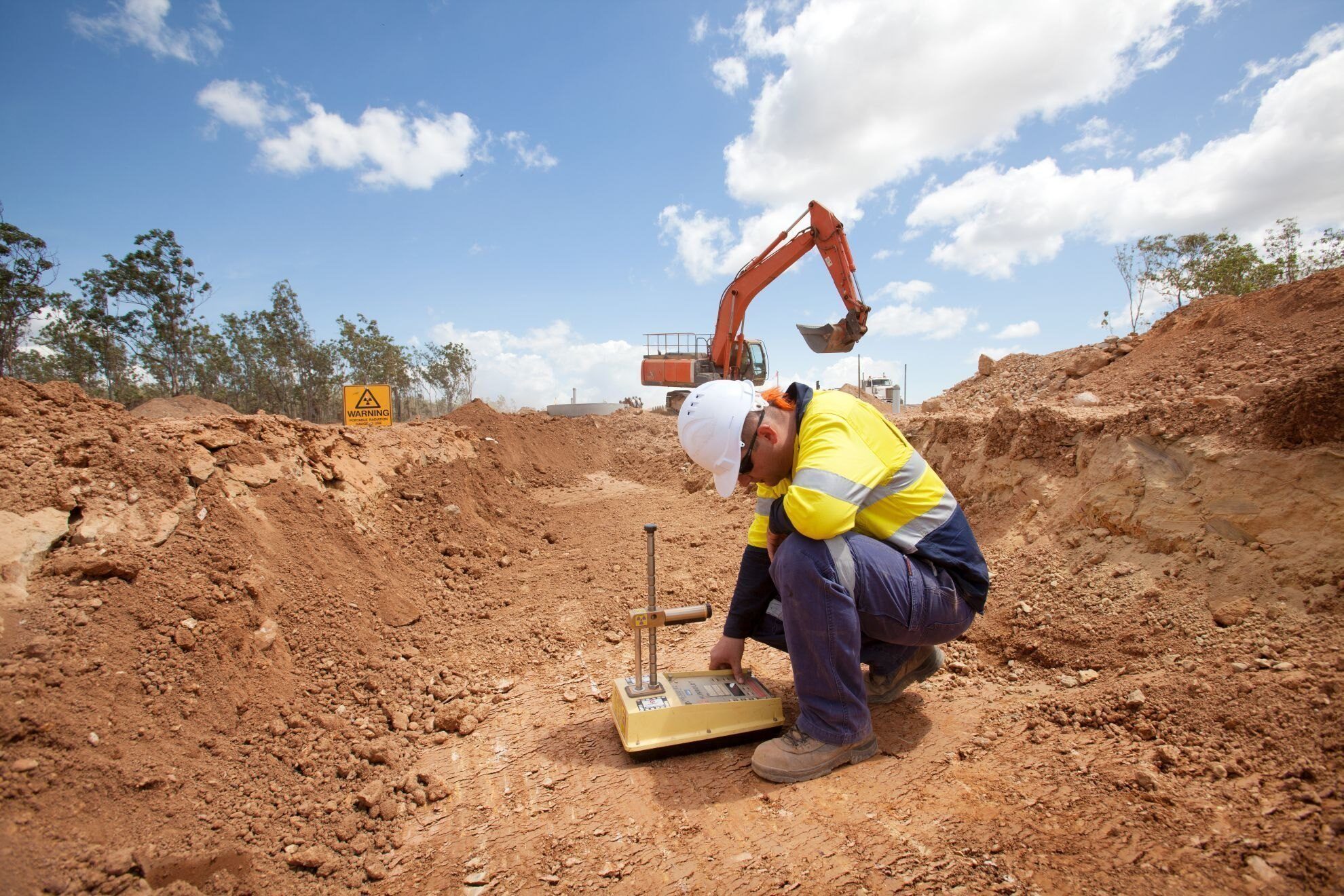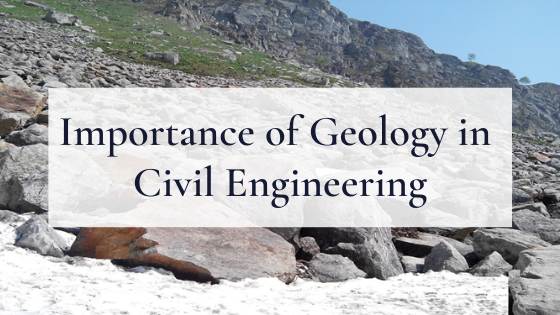What Does Geotechnical Engineering For Construction Projects Mean?
What Does Geotechnical Engineering For Construction Projects Mean?
Blog Article
The Geotechnical Engineering For Construction Projects Diaries
Table of ContentsThe Main Principles Of Geotechnical Engineering For Construction Projects Getting My Geotechnical Engineering For Construction Projects To WorkThe Buzz on Geotechnical Engineering For Construction ProjectsGeotechnical Engineering For Construction Projects Fundamentals ExplainedThe Only Guide for Geotechnical Engineering For Construction ProjectsThe Best Guide To Geotechnical Engineering For Construction ProjectsSome Known Questions About Geotechnical Engineering For Construction Projects.
Concepts and Technique of Ground Enhancement. Ground Renovation Principles And Applications In Asia. Design evaluation in rock technicians.Cengage Discovering, Stamford, 666 p. Atkinson, J., 2007. The auto mechanics of dirts and structures. Taylor & Francis, N.Y., 442 p. Floating Offshore Wind Turbines: Actions in a Sea state Pareto Optimal Styles and Financial Analysis, P. Sclavounos et al., October 2007. Nicholson, D, Tse, C and Dime, C. (1999 ). The Observational Technique in ground engineering concepts and applications.
Little Known Facts About Geotechnical Engineering For Construction Projects.
Laboratory and field testing plays a crucial duty in this process. By extracting samples from the planet's subsurface and using a collection of examinations, geotechnical designers can predict the behaviour of soil layers and review their suitability for numerous building endeavours. The essence of geotechnical engineering in civil design can not be overemphasized, attributable to several elements: The initial action in any geotechnical study includes identifying the soil kind at the construction site.
The structure acts as the bedrock of any building and construction project. Choosing the ideal foundation kind is a decision that pivots on the thorough evaluation given by geotechnical design.

Geotechnical website investigation is a vital action in the planning and execution of any building job. It includes the collection and analysis of data associated with the physical residential or commercial properties of soil and rock below a suggested building and construction site. This info is important for the layout and building and construction of risk-free, secure, and lasting frameworks.
Geotechnical Engineering For Construction Projects Fundamentals Explained
In this blog, we will delve into the significance of geotechnical website investigation, its different components, and just how it benefits construction projects. Geotechnical website examination, also referred to as subsurface expedition, includes a series of activities targeted at determining the soil, rock, and groundwater problems at a construction website. The key purposes are to determine potential geotechnical risks, examine the design residential properties of subsurface products, and provide suggestions for the layout and building of structures, keeping wall surfaces, and other frameworks.
This might consist of geological maps, airborne photographs, previous examination reports, and historic data. The workdesk research study assists in recognizing prospective geotechnical issues and preparing the subsequent fieldwork. Following the workdesk study, a website reconnaissance is carried out to visually inspect the website and its surroundings. This entails observing the topography, drainage patterns, existing structures, plants, and any indications of instability or disintegration.
The Facts About Geotechnical Engineering For Construction Projects Uncovered
Shallow test pits are dug deep into to directly observe and example the soil and rock. This approach is beneficial for researching the upper layers of the subsurface and determining near-surface threats. Non-invasive geophysical techniques, such as seismic refraction, ground-penetrating radar (GPR), and electrical resistivity tomography (ERT), are used to map subsurface problems and find anomalies.
Dirt and rock examples accumulated during the field examination go through research laboratory testing to identify their physical and mechanical residential properties. Common lab tests consist of grain dimension evaluation, more info here Atterberg restrictions, compaction examinations, triaxial shear examinations, and loan consolidation examinations. These examinations provide important information for geotechnical analysis and design. The data collected from the workdesk study, site reconnaissance, field investigation, and lab testing are evaluated and translated to develop a thorough understanding of the subsurface conditions.
The main benefit of geotechnical website examination is making sure the safety and security of structures. By understanding the subsurface conditions, engineers can make structures and various other structural aspects that can stand up to the tons and ecological pressures they will undergo. This decreases the risk click this site of negotiation, subsidence, and architectural failing.
What Does Geotechnical Engineering For Construction Projects Mean?
For instance, understanding soil features can direct the option of excavation techniques, dewatering approaches, and ground improvement actions. This makes sure reliable and secure construction practices. Geotechnical website investigations are often required by building codes and guidelines. Abiding by these demands ensures conformity with lawful and security criteria, preventing possible lawful responsibilities and task hold-ups.
This details is indispensable for job managers, engineers, and specialists in creating practical routines, budgets, and backup plans. Geotechnical Engineering for Construction Projects. High-Rise Building in a Coastal AreaIn a coastal city, a skyscraper residential building was intended on a site with suspected loosened sand deposits and a high water table. A comprehensive geotechnical investigation, consisting of borehole exploration, CPT, and geophysical surveys, was conducted
Geotechnical Engineering For Construction Projects Can Be Fun For Everyone
Based upon these searchings for, the foundation design was changed to include deep stack foundations extending right into secure strata, and ground improvement methods, such as vibro-compaction, were carried out to alleviate liquefaction threats. This aggressive method made certain the safety and stability of the structure while avoiding costly post-construction remediation. Facilities Development on a Sloping TerrainA major facilities project, involving the building and construction of a freeway and bridges, was intended on a sloping terrain with high inclines.

The Leaning Tower of Pisa (Italy), a legendary building wonder, is well known for its unintentional tilt from considerable geotechnical problems. The tower's structure was improperly made to manage the soft, unstable soil beneath it, leading to uneven settlement and its distinct lean. Our world is populated with remarkable framework projectsfrom towering high-rise buildings to sprawling bridgesall standing testimony to the advancement of the various construction tools and approaches readily available.
Geotechnical my latest blog post design is a customized area within civil design that concentrates on examining the behavior of earth materials. This branch dives deep right into the groundinvestigating exactly how the dirt, rock, and groundwater at a building and construction site can influenceand be affected bythe infrastructure that we erect on and into them. Before a solitary block is laid or a concrete foundation put, geotechnical engineers probe right into the earthgathering vital information regarding the website's soil make-up, rock structure, and groundwater degrees.
Top Guidelines Of Geotechnical Engineering For Construction Projects

is a device used to evaluate the integrity and load-bearing capacity of stacks throughout installation, leveraging the concept of wave propagation. It optimizes construction performance by giving real-time evaluations, therefore making certain risk-free and reliable heap structures. One of the practical applications of geotechnical design includes making a decision and performing the ideal approaches for structure building.
Stack driving stands for more than the mere act of placing architectural components right into the ground. As a matter of fact, it is a thoroughly coordinated procedure of moving a framework's tons past the much less secure dirt layers more detailed to the surfacedown to the much more significant strata that exist beneath. When it comes to heap driving, think about how geotechnical designers skillfully utilize this technique to equally disperse the structure's weight.
Report this page